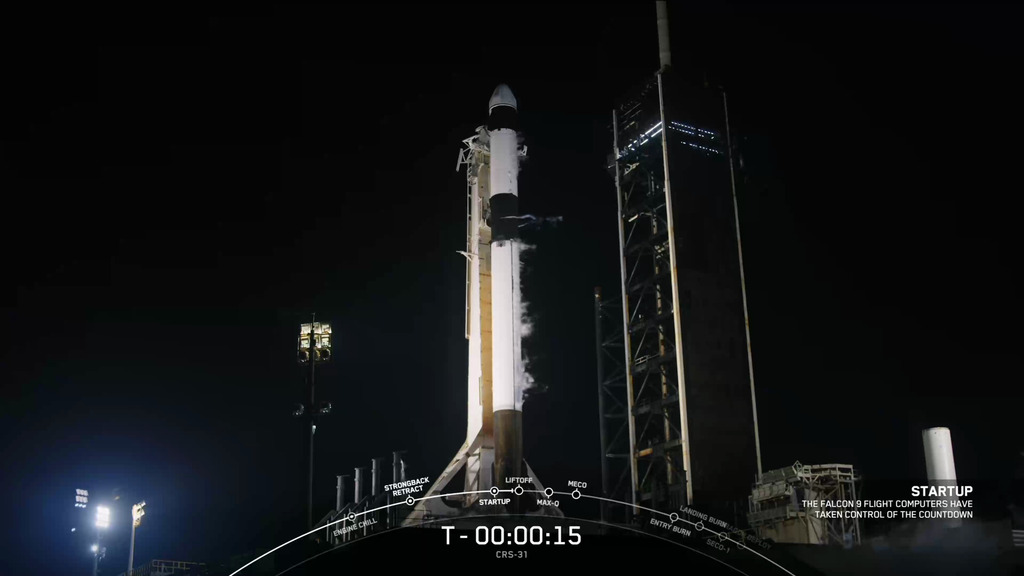One-Year Crew Docking to the International Space Station
This video has been prepared for use on the hyperwall. It has been speeded up by a factor of 50 from real-time.
This video was taken by the crewmembers aboard the Soyuz TMA-16M spacecraft which docked to the International Space Station at 9:33 PM EDT March 27, 2015. NASA astronaut Scott Kelly and Russian cosmonauts Mikhail Kornienko and Gennady Padalka arrived just six hours after launching from Baikonur, Kazakhstan, completing four orbits around the Earth before catching up with the orbiting laboratory.
The vehicle docked to the Poisk module (also known as the Mini-Research Module 2) on the space-facing side of the Russian Service Module. The spinning object in view is an antenna that is part of the automatic rendezvous and docking system known as KURS.
Kelly and Kornienko will spend about a year living and working aboard the space station to help scientists better understand how the human body reacts and adapts to the harsh environment of space. Most expeditions to the space station last four to six months. By doubling the length of this mission, researchers hope to better understand how the human body reacts and adapts to long-duration spaceflight. This knowledge is critical as NASA looks toward human journeys deeper into the solar system, including to and from Mars, which could last 500 days or longer. It also carries potential benefits for humans here on Earth, from helping patients recover from long periods of bed rest to improving monitoring for people whose bodies are unable to fight infections.
Video taken from Soyuz shows March 2015 docking
For More Information
Credits
Please give credit for this item to:
NASA Johnson
-
Project support
- Marit Jentoft-Nilsen
- Mark Malanoski (Global Science and Technology, Inc.)
-
Writer
- Heather Hanson (Global Science and Technology, Inc.)
Release date
This page was originally published on Wednesday, July 29, 2015.
This page was last updated on Friday, March 14, 2025 at 12:21 AM EDT.

